This work was written by Apollinarii Mikhailovich Vasnetsov in 1926. This is the last painting of the artist, which is a kind of reflection of his inner experiences at the


This work was written by Apollinarii Mikhailovich Vasnetsov in 1926. This is the last painting of the artist, which is a kind of reflection of his inner experiences at the
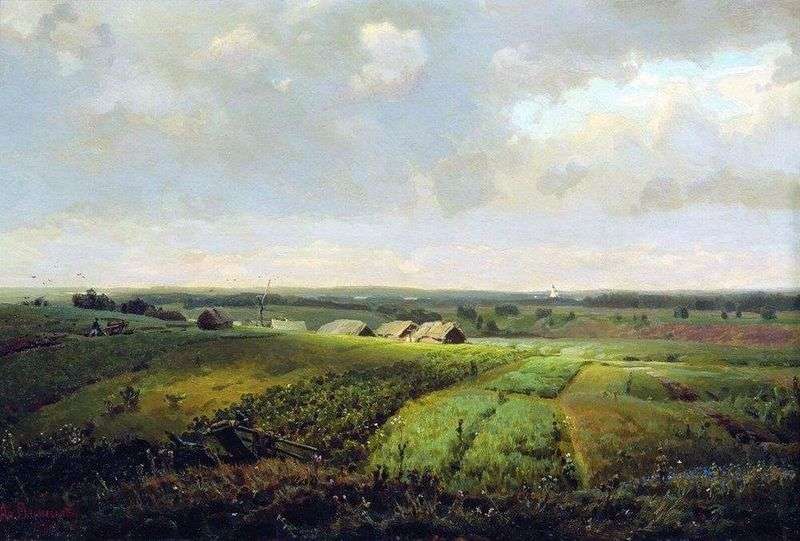
At first glance, it may seem that Vasnetsov painted a completely unremarkable picture of nature. But it was this picture that became a serious claim for the image of the

The originality of the creative path of the artist is finally determined in the 1890s. After numerous trips across the North and the Urals, Vasnetsov created a cycle of unique
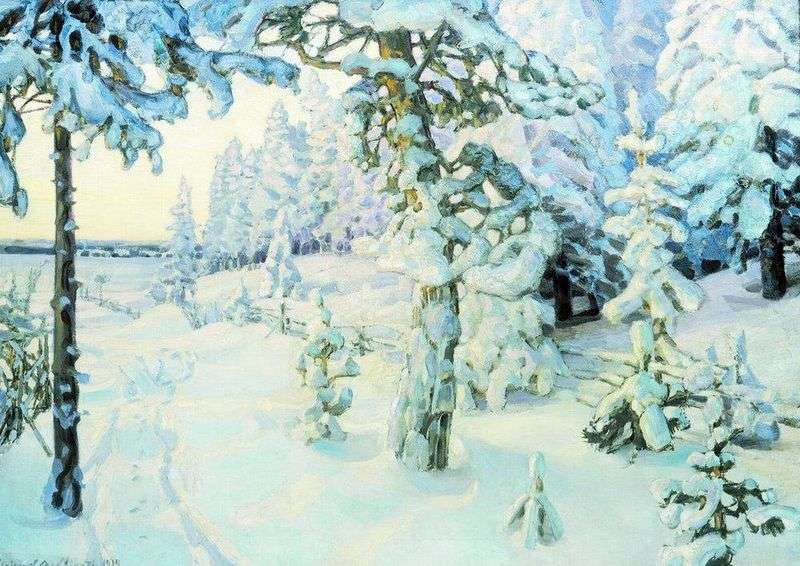
This landscape received a well-deserved medal at the exhibition, which was held abroad. We see the mysterious edge of a fairy forest. The whole cold froze her. Deep into the
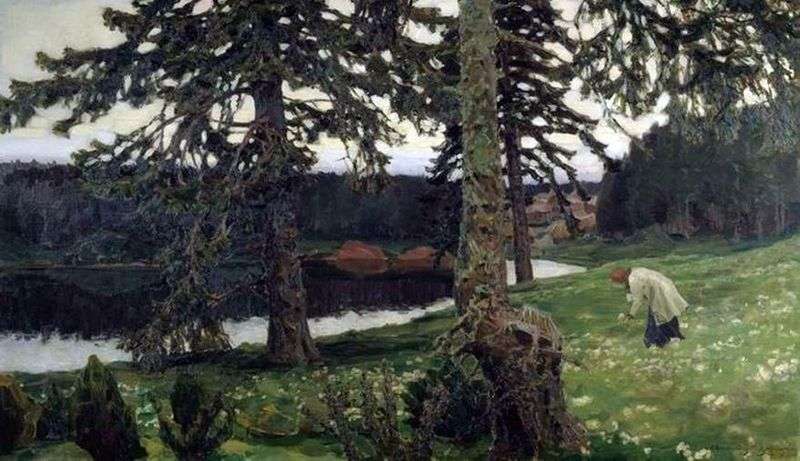
In the painting “Lake” we see all the same favorite Urals nature of the Russian North. Gray giant spruce, a gloomy brush of the forest on the slopes of the

In such works as “Kama”, “Taiga”, “Northern Territory”, “Mountain Lake in Bashkiria”, “Lake”, Apollinarius Vasnetsov appears as a master of his completely mature creative age, a painter with a distinctly
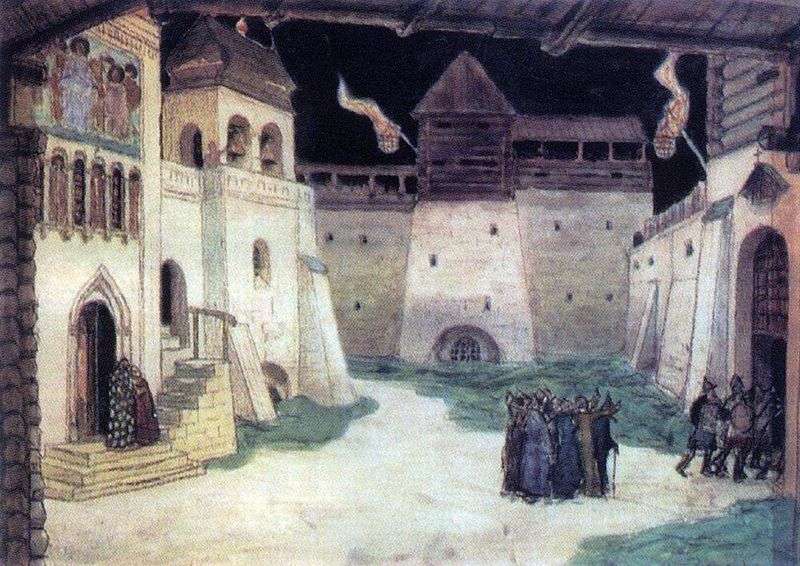
Particularly interesting are the scenery for the opera The Legend of the Invisible City of Kitezh by Rimsky-Korsakov. The poetic folk legend of the heroic city of Kitezh with great
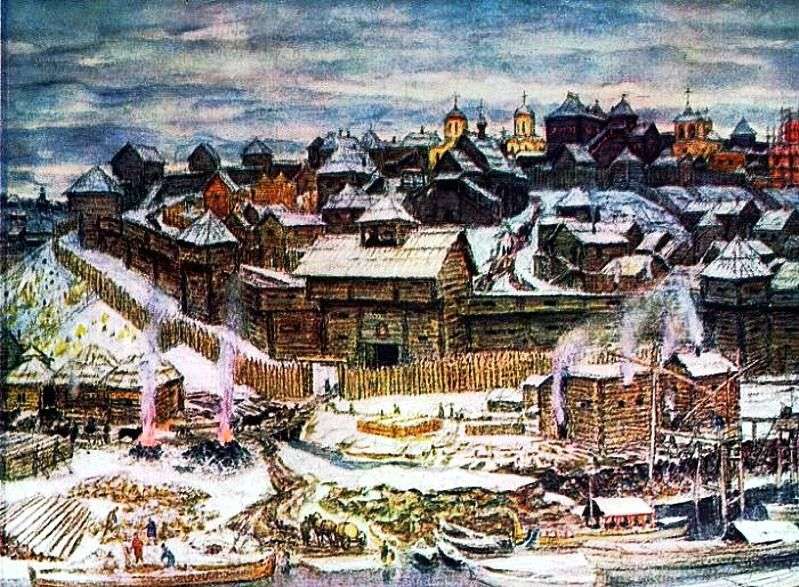
The advantages of the best historical paintings and watercolors of Vasnetsov are not only in the warmth of the artist’s feelings, in the absence of a sense of coldness of

Since 1883 A. Vasnetsov begins to show his works at the exhibitions of the Association of Traveling Art Exhibitions. In the same year, PT Tretyakov, sensitive to everything new, acquires
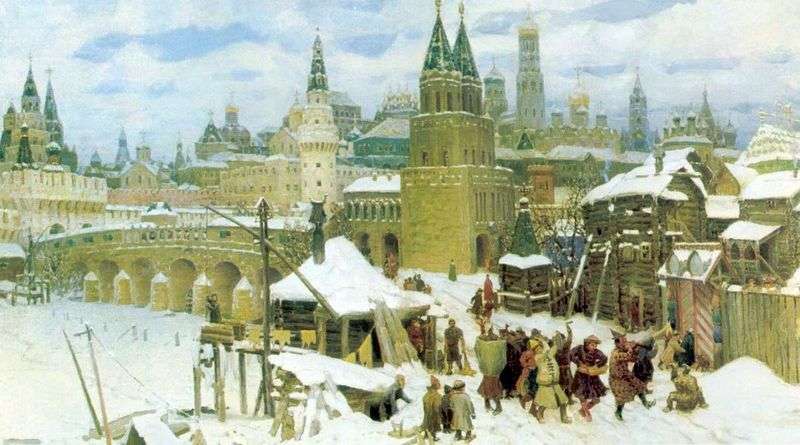
The most favorite theme of the historical cycle of A. Vasnetsov’s works was Moscow of the 17th century – an era that the artist himself studied and loved most. However,
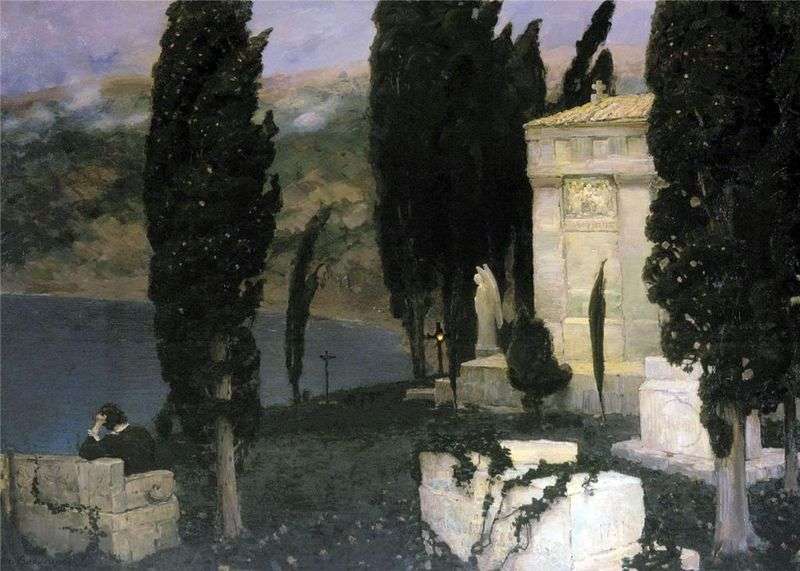
The painting of the same period, “Elegy”, was awarded a large silver medal at the World Exhibition in Paris. This work reflects the moods of a certain section of the

The appeal of A. M. Vasnetsov to the historical architectural landscapes of Moscow was simultaneously a work of gratitude and difficulty. Grateful, for the artist had to open a new
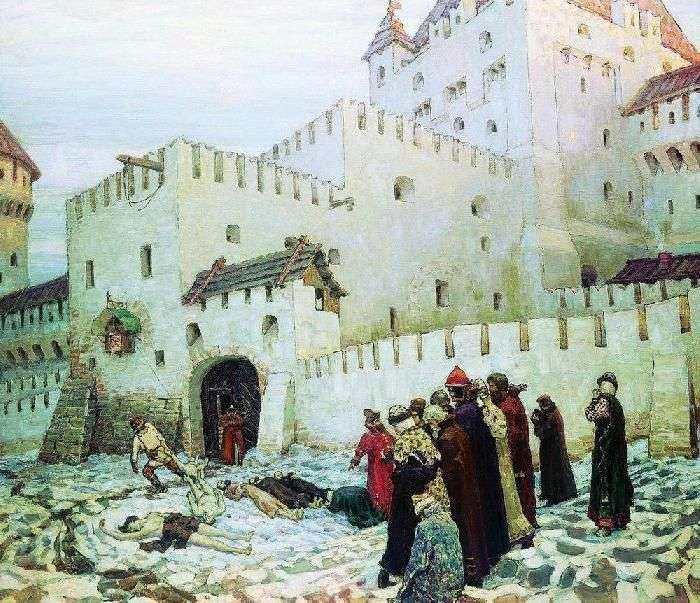
One of the most dramatic paintings by Apollinaria Vasnetsov is his famous painting “The Moscow Shack: The End of the 16th Century”, performed in 1912 and won in 1913 a
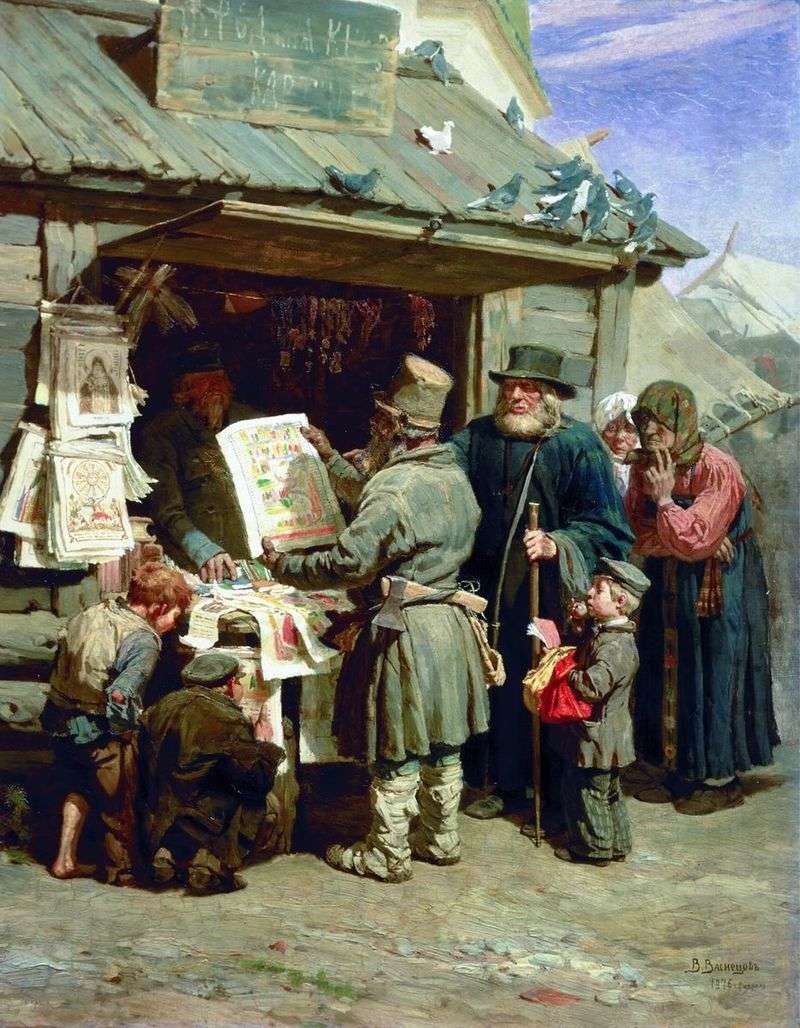
The central theme of the “Bookshop” painting was lubok, the role of folk art in the life of peasants. According to Fyodor Buslaev, a connoisseur of ancient Russian literature and
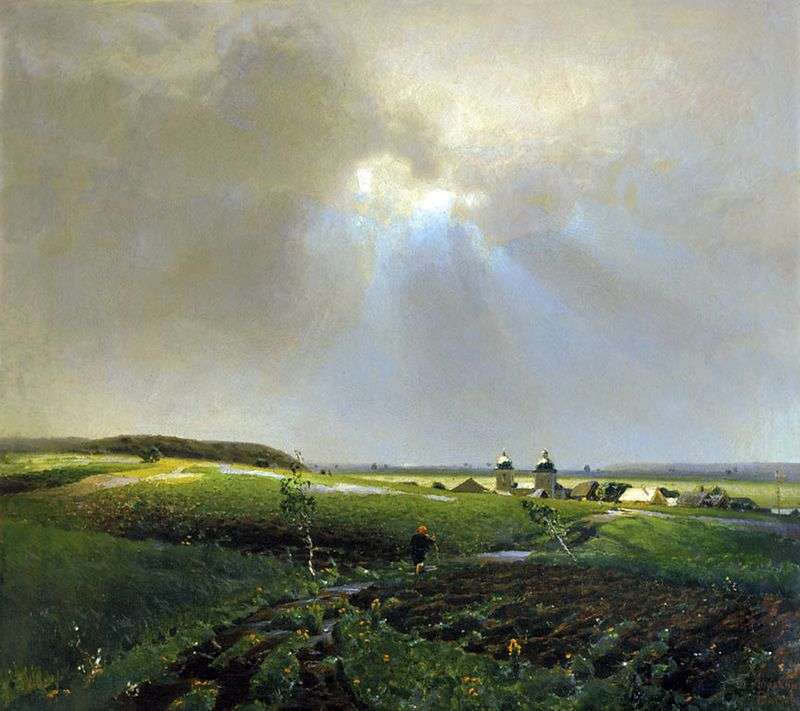
A romantic in the soul, a man whose character, as he himself admitted, was dominated by “imagination, fantasy and dreaminess”, Apollinarius Vasnetsov subtly felt and knew how to convey the
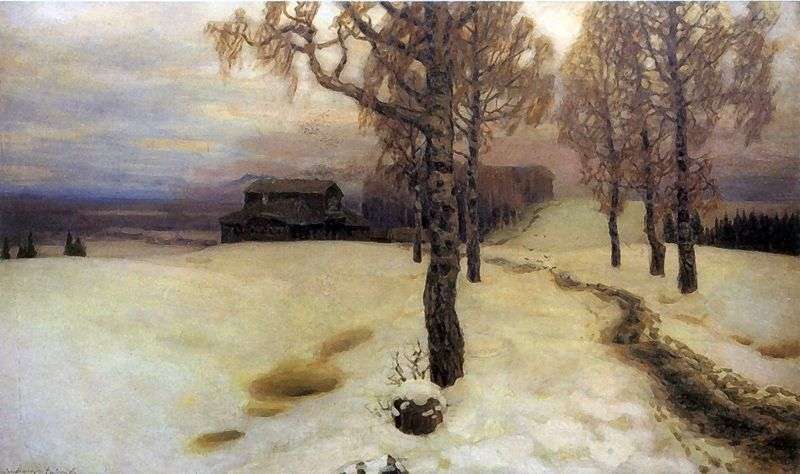
In the picture Vasnetsov refers to the so-called “landscape of mood”. The nature of the central strip of Russia is depicted, perhaps the homeland of the artist is “cute Ryabovo”.
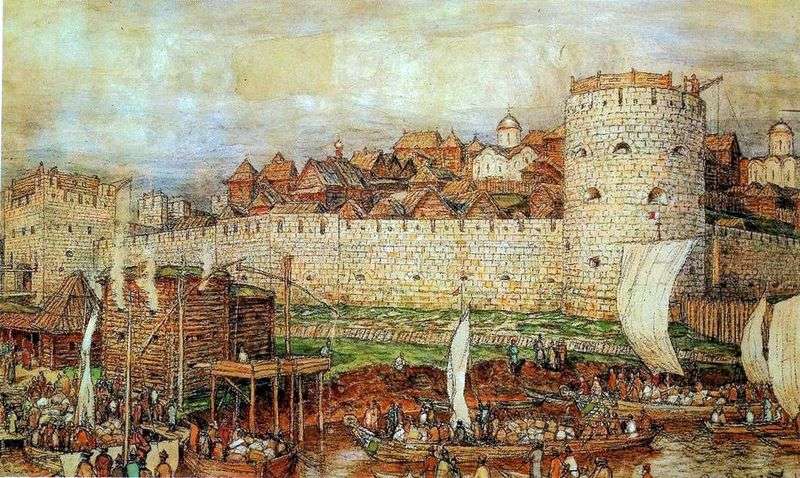
“His views of old Moscow, which are scientifically very faithful illustrations, are precious and in a purely artistic sense,” wrote Alexander Benois about the historical paintings of Appolinary Vasnetsov. Based

True creative inspiration prompted Vasnetsov to solve one of his best watercolors – “Ivan the Great Square in the Kremlin”, bribing a surprisingly joyful, cheerful feeling of a winter day.
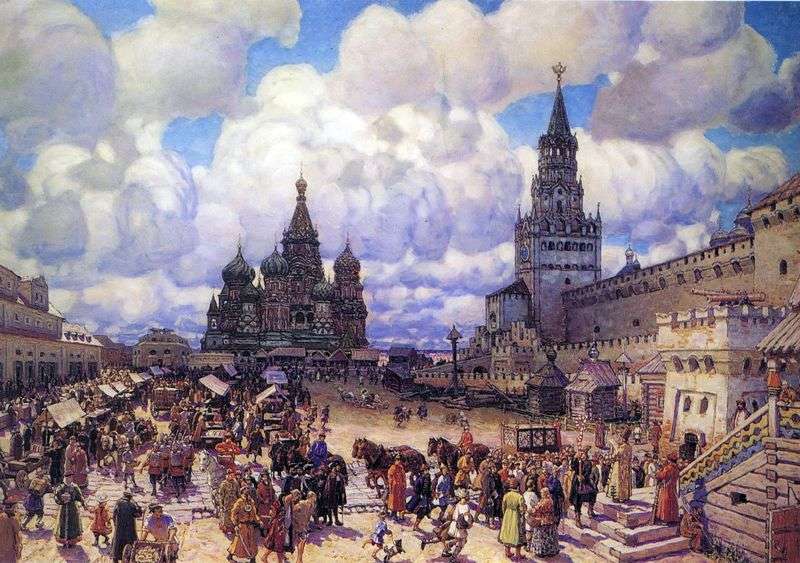
The architectural historical landscape is inextricably linked with man. And people, as a rule, do not seem to have any extras at Vasnetsov: they are so alive and natural, their

Apollinar Mikhailovich Vasnetsov – the brother of Viktor Mikhailovich Vasnetsov, is a unique example of a self-taught artist. Having not received a systematic artistic education, he fell into the friendly